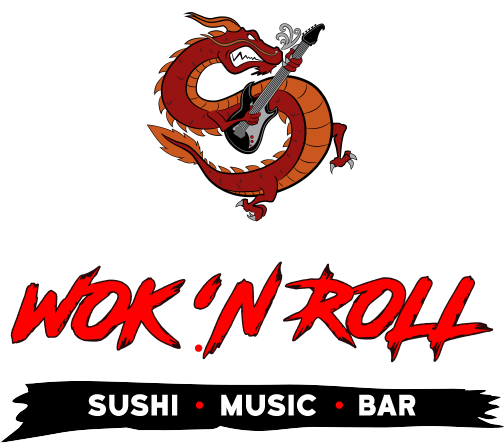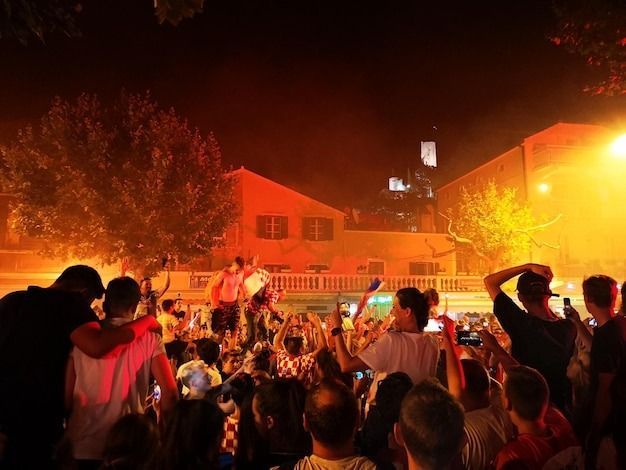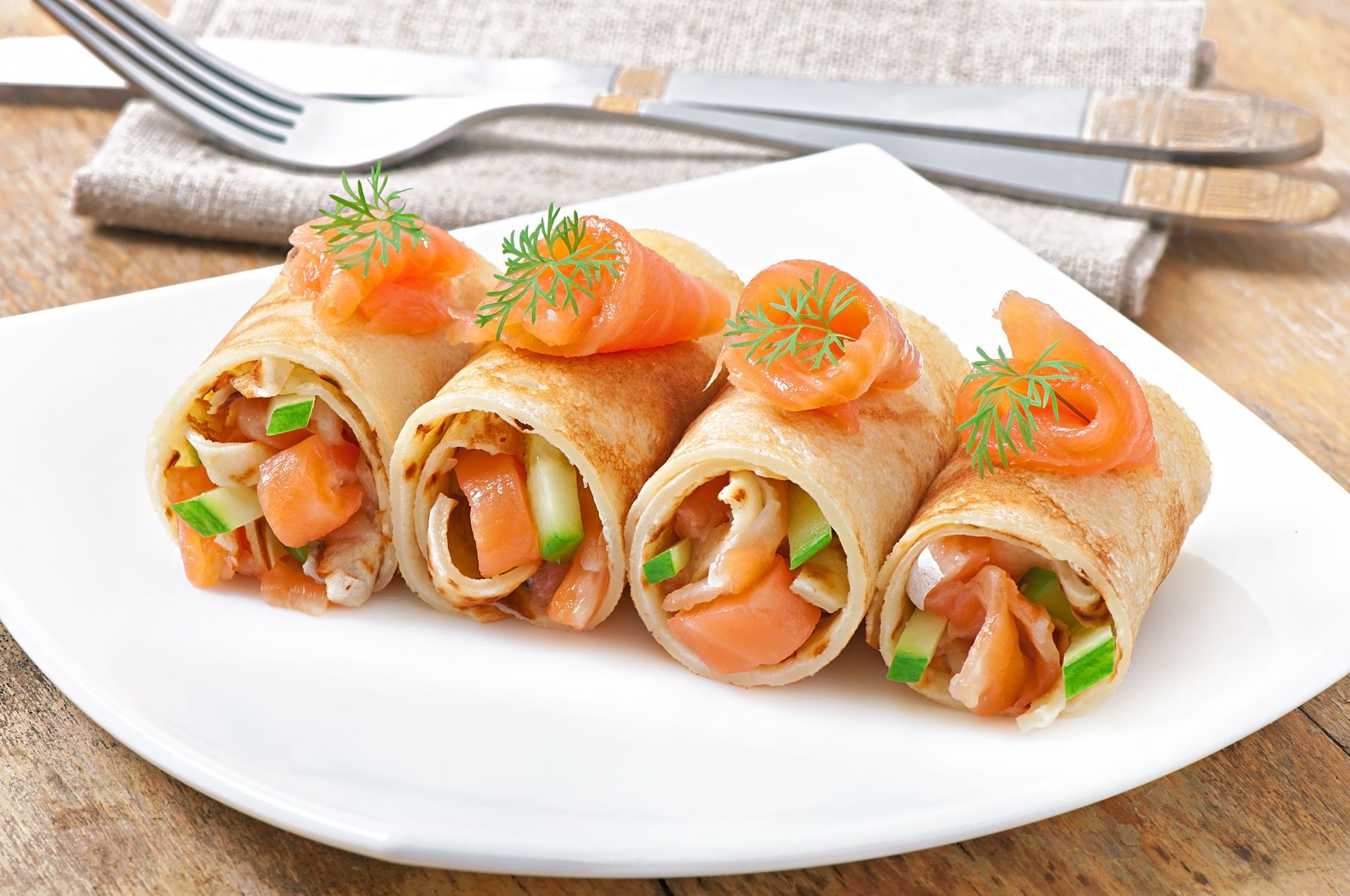Myths About Reverse Happy Hour
Reverse happy hours are all the rage these days. From fast food chains to hotels, businesses of all kinds are offering these deals in order to attract more customers. But is reverse happy hour really as effective as people think it is? Let’s take a look at some of the most common reverse happy hour myths and see what real evidence exists that supports them.
Reverse Happy Hour Doesn’t Work
It’s true that reverse happy hour is becoming more popular, but does it actually work? According to some research, it does not. A study of over 1,000 restaurants found that when a reverse happy hour was introduced, sales actually went down. While reverse happy hour can be a good marketing strategy for fast food restaurants, it doesn’t work as well for higher end restaurants that offer a variety of cuisine.
This may seem strange, but try to think of this from the perspective of the customer.
If a customer is on a budget, they may want to eat out as much as possible, but they are also likely trying to save money. As a restaurant owner, you need to find a happy medium. You don’t want your customer to go hungry and still have a significant amount of money left over, but you also don’t want them to spend so little that they are not able to enjoy your restaurant as much.
You’ll Lose Money with a Reverse Happy Hour
There have been plenty of blog posts and even some academic studies that claim that reverse happy hours don’t work and that you’ll end up losing money with a reverse happy hour. However, there is no evidence to support this. While some restaurants do experience a decrease in sales when they try reverse happy hours, this happens only in a small percentage of cases.
In many of these cases, the reverse happy hour actually increases overall sales and profits. For example, one restaurant saw sales decrease by 2% when they tried a reverse happy hour. However, this same restaurant experienced an increase in overall sales of 12%.
There Are Too Many Limitations for Reverse Happy Hours To Work Correctly
This was one of the myths that have most often disproved in the study on over 1,000 restaurants. The researchers found that the vast majority of reverse happy hours were successful, and there wasn’t evidence that suggests that any limitations actually led to lower sales. In fact, most of the limitations were actually used to encourage customers to come to the restaurant more often, not less often.
For example, a lot of restaurants will only offer a limited number of drinks for a special price.
This may seem like a limitation, but it actually encourages customers to order more food and drinks so that the cost is less for everyone.
And of course, there are no limitations when it comes to alcohol or happy hour food, so customers can order as much as they want.
Conclusion
Reverse happy hours may not be the miracle business strategy that people think it is, but in some cases, it is a great way to attract new customers and offer deals that will encourage them to come back to your business more often.
However, you need to be careful to only implement this strategy in certain circumstances. For example, you shouldn’t try reverse happy hours if you are primarily a higher end restaurant. This will simply lower the overall profitability of your business.
As you can see, reverse happy hours have a lot of myths surrounding them, but are they really a bad marketing strategy? The truth is that it’s effective, but you need to choose the right kind of restaurant for it to work.
It’s possible to implement reverse happy hours in a fast food restaurant, but it’s unlikely to work as well in a restaurant that offers a range of different cuisine.
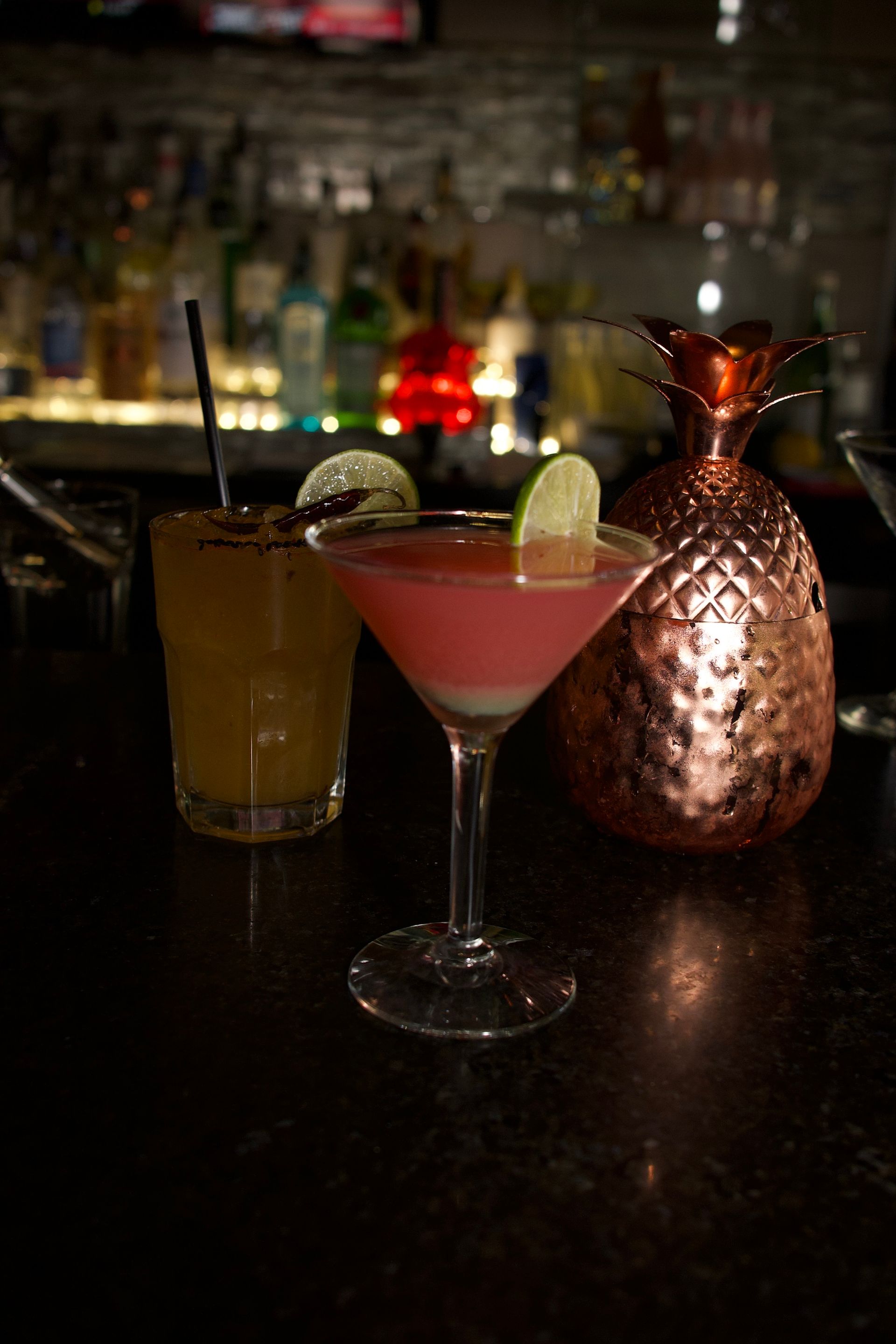


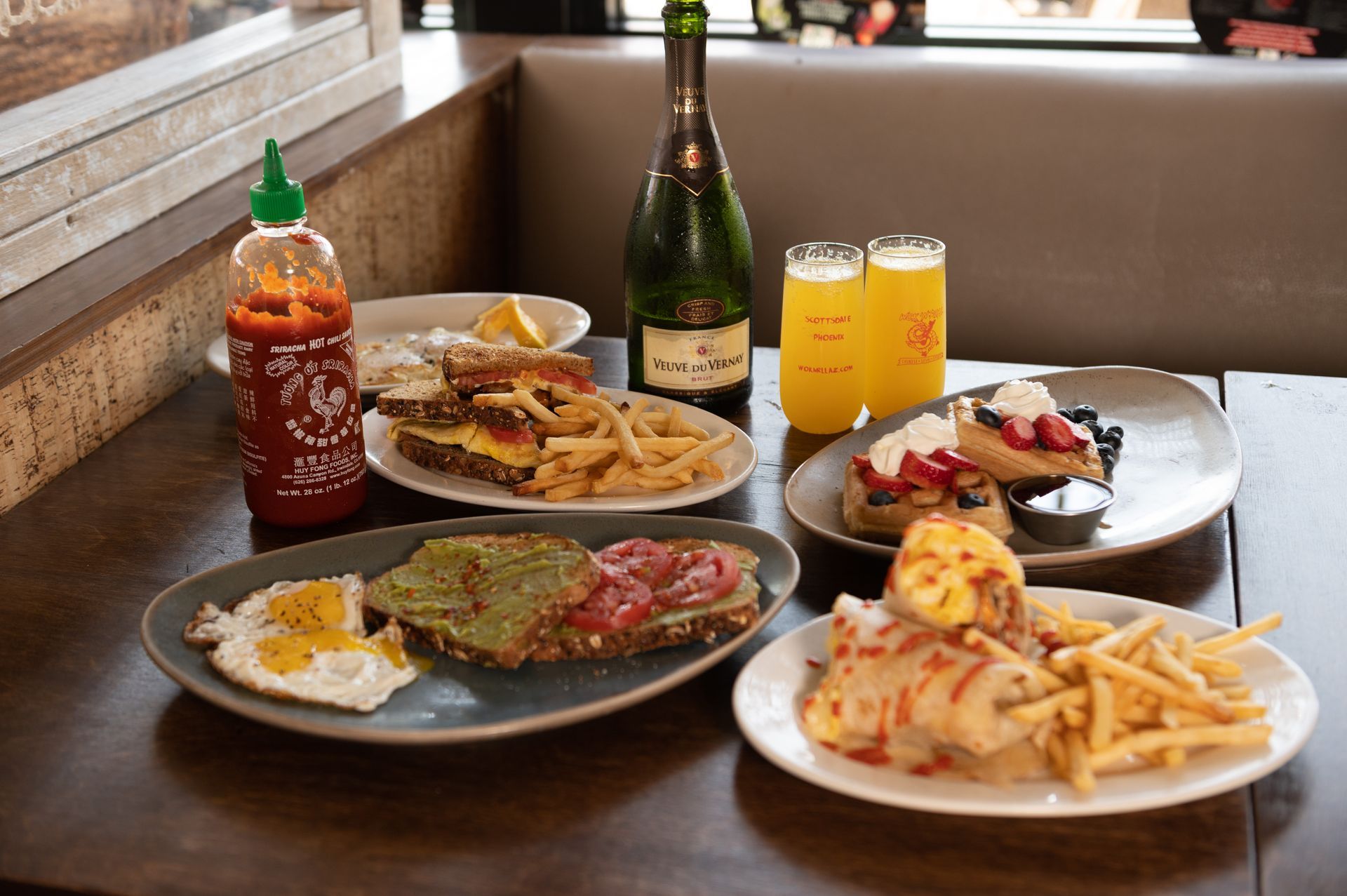

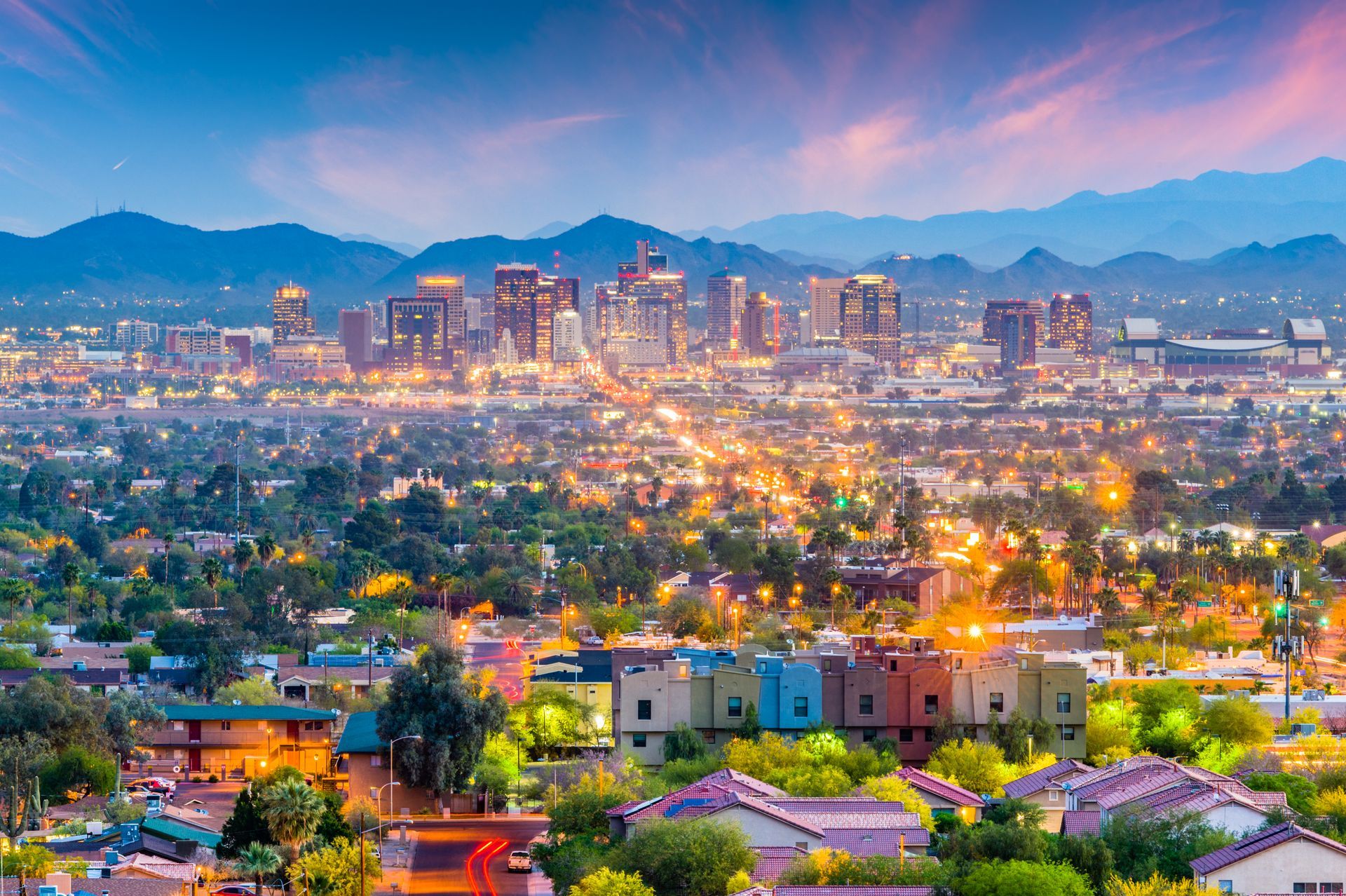
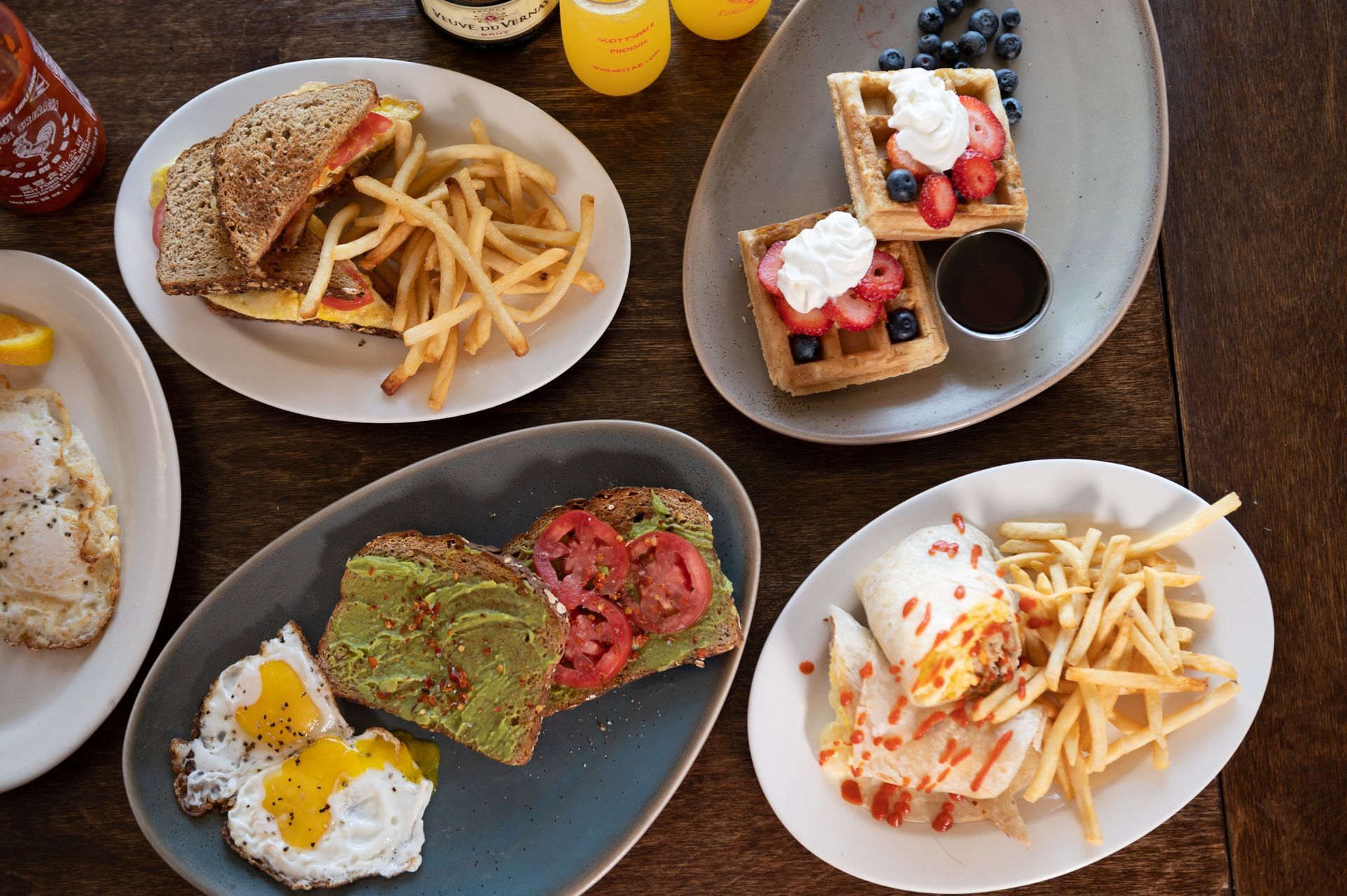
INVESTOR RELATIONS
Wok 'N Roll with us as an investor.
HOURS
Old Town Scottsdale
Monday – Thursday: 11am – 10pm
Friday: 11am - 12:30am
Saturday: 11am – 12 midnight
Sunday: 11am – 9pm
Downtown Phoenix
Monday – Thursday: 10:30am – 10pm
Friday – Saturday: 10:30am – 12 midnight
Sunday: 11am-8pm
LOCATIONS
Old Town Scottsdale
4412 N Miller Rd
Scottsdale, AZ 85251
Downtown Phoenix
2801 N Central Ave
Phoenix, AZ 85004
CONTACT
Wok ’N Roll the Night Away with Fresh Sushi, Chinese and Your Favorite Sports Games!
2022 © Wok 'N Roll | All Rights Reserved
